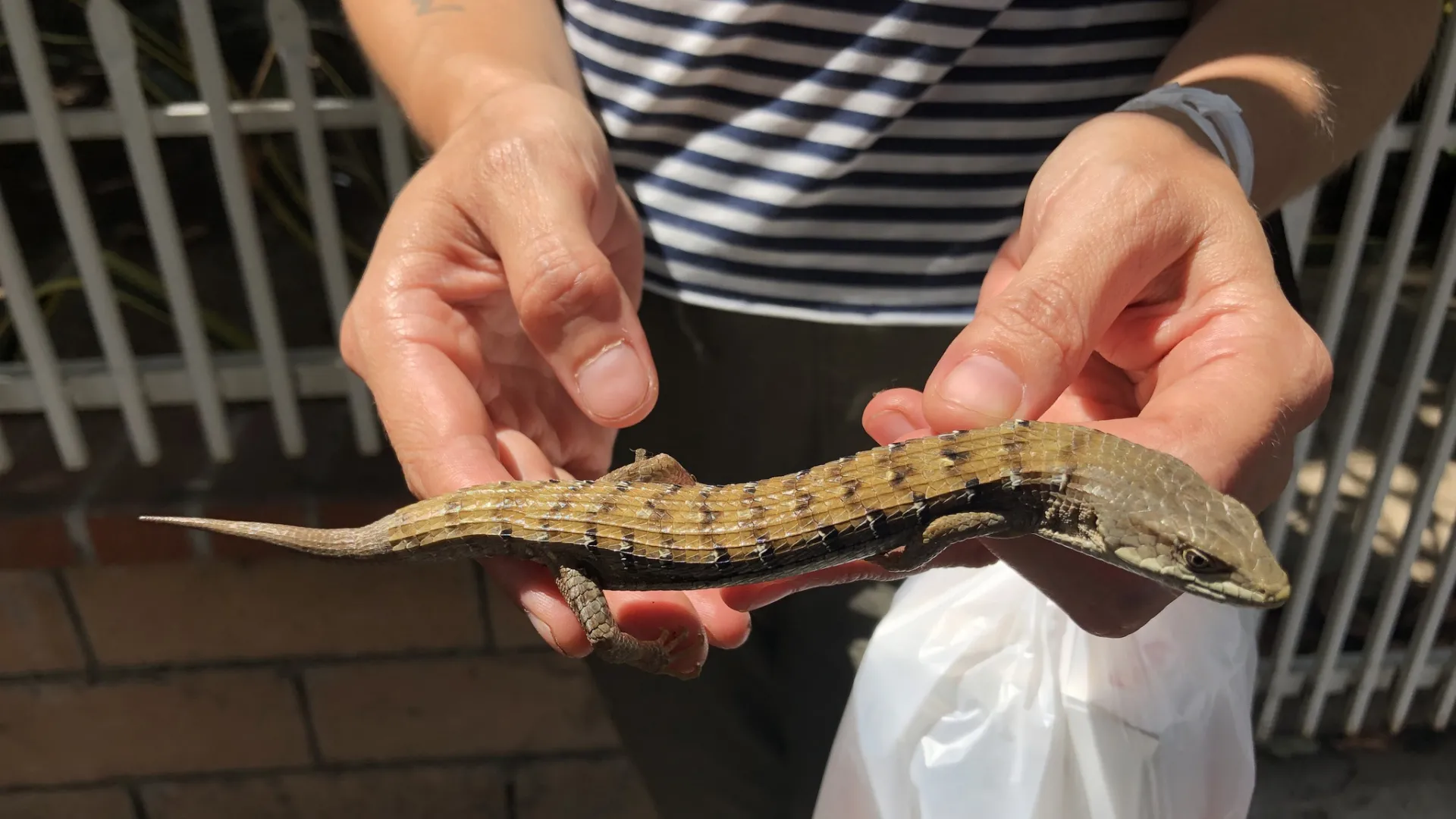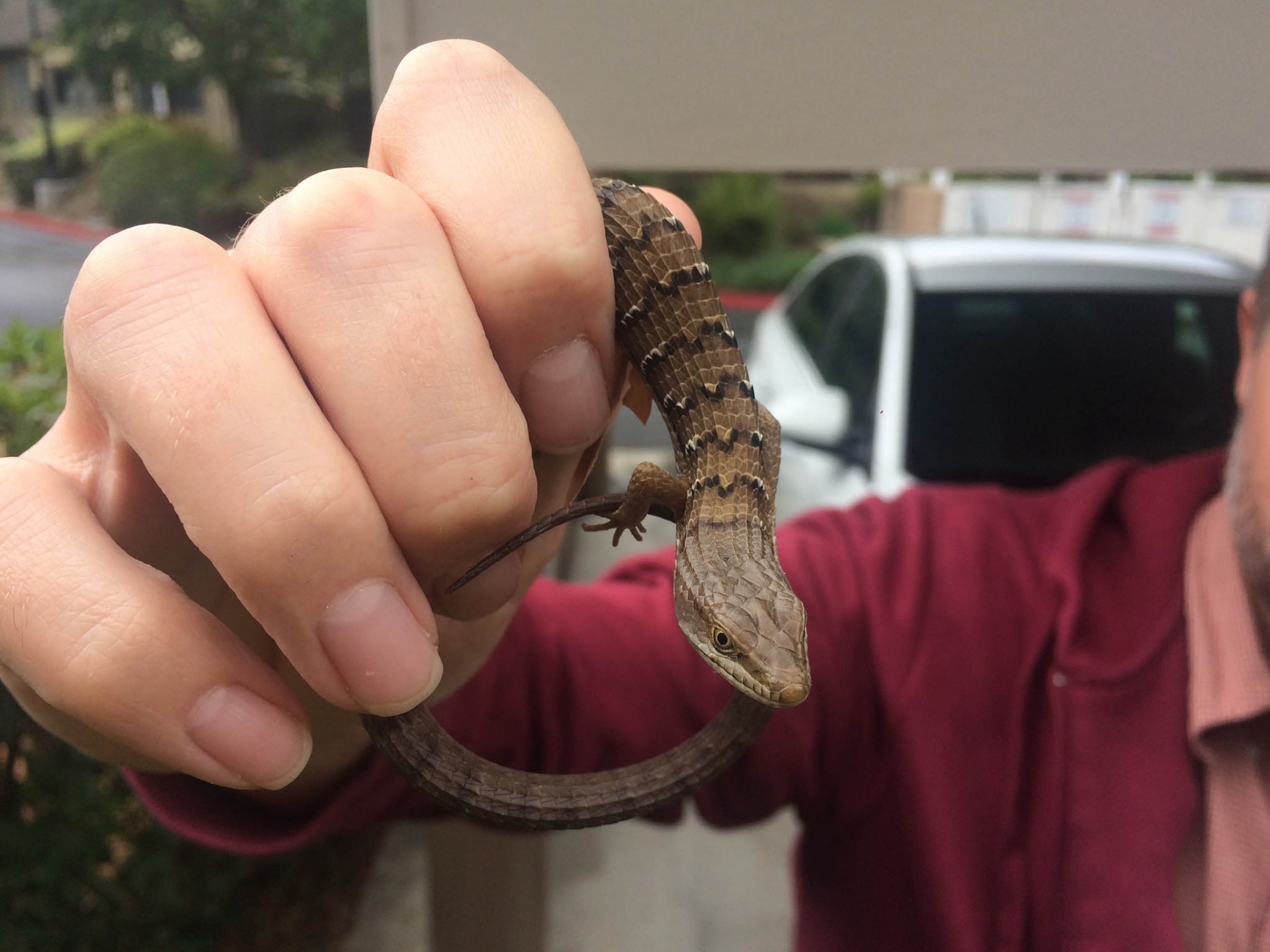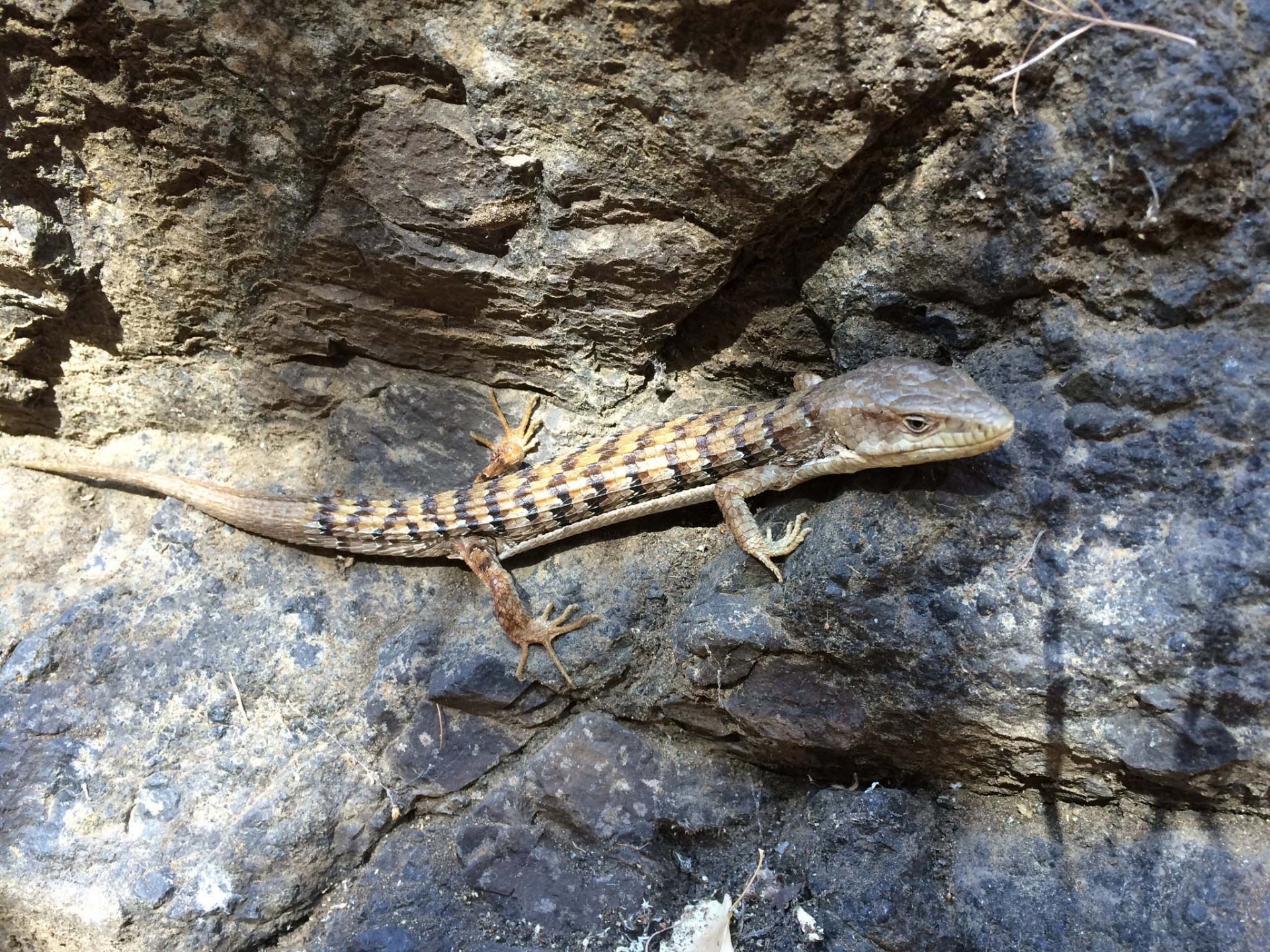Joe Gutierrez | CSUSB Office of Strategic Communication | (951) 236-4522 | joeg@csusb.edu

Animals living in urban areas face many challenges, including changes in habitat, food and predators – all in addition to dealing with humans. Understanding the ways in which urbanization impacts local species is especially important for conserving native wildlife in urban areas.
Wildlife biologists often have a hard time studying urban-dwelling animals because much of their habitat is on private property, making it inaccessible to scientists. Also, many animals are secretive and have low detection rates by even the most trained professionals.
But in the paper, “The Power of Community Science to Quantify Ecological Interactions in Cities,” co-written by Bree Putman, an assistant professor of biological sciences at Cal State San Bernardino, scientists from the university and the Natural History Museum of Los Angeles County (NHMLAC) used crowdsourcing data from the general public, more commonly known as community science, to answer fundamental questions about the threats faced by urban wildlife, specifically, lizards.
The paper, published in the journal Scientific Reports, used data from observations submitted to the Reptiles and Amphibians of Southern California (RASCals) project, which has generated thousands of observations of urban-dwelling reptiles. The RASCals project was initiated in 2013 and hosted on the iNaturalist platform, and is one of multiple community service initiatives supported by NHMLAC.
Greg Pauly, curator of herpetology at NHMLAC and senior author on the article, was surprised to find that a species deemed “difficult-to-study” turned out to be one of the most observed on the RASCals project.

“This species, the Southern Alligator Lizard (Elgaria multicarinata), is a secretive lizard that is abundant and widespread across most of Southern California,” said Pauly,” but spends much of its time hidden under objects or vegetation.” As a result, scientists generally have a hard time studying it, and only a few papers have been published on its ecology.
With this new wealth of community science data, Pauly and Putman, who is also a research associate at NHMLAC, along with co-authors Riley Williams and Enjie Li, both NHMLAC research scientists, set out to understand what challenges this lizard faces in urban areas.
From photographs submitted online by the community, the researchers were able to determine whether lizards had experienced a tail break, an adaptation to escape a predatory attack. They were also able to count the number of ticks attached to the ear region.
“With hundreds of people just submitting a few photographs at a time, we gathered valuable data on predation and parasitism in a secretive animal that would have been near impossible using traditional research methods,” said Putman, who is the lead author of the study. “It’s an incredible achievement of crowd-sourcing for conservation research.”
The scientists found that urban lizards were more likely to suffer from a broken tail. Adult lizards living in the most urbanized areas, most of which were higher density residential neighborhoods, had a 75-80 percent probability of having lost their tails, which is more than a 20-percentage point increase compared to adults living in the most natural sites.
Putman says the tail break could be attributed to an increase in attacks from human-companion animals such as outdoor cats and dogs.
“Urban lizards might face additional threats that are absent in natural habitats such as pesky kids, bicycles, cars, and even rolling trash cans,” Putman said. “Alligator lizards love to hide under cover objects, and rolling trash cans seem to be a common hiding spot in residential neighborhoods.”

Losing the tail has serious consequences, leading to reduced health and reproduction, but it is better than the alternative of being eaten by an attacking predator.
City dwelling, however, isn’t all bad news for these lizards. Urban alligator lizards were less likely to have parasites compared to their rural counterparts. This also could be a possible side effect of human-companion animals, which receive anti-tick medications from their humans. For a tick to complete its life cycle, it needs two hosts, with the first typically being a lizard or small mammal and the second being a larger mammal. Thus, humans might unintentionally release lizards from tick parasitism through caring for their pets, and this might then benefit animals in urban environments.
Pauly said the research is not only about lizards.
“This research continues to highlight the ways in which community science is revolutionizing ecology and conservation research,” said Pauly. “We were able to examine nearly 1,700 lizards from San Luis Obispo to San Diego, and from the coast to high in the mountains. We collected this dataset in a matter of weeks, and that was only possible because 424 community scientists uploaded observations of alligator lizards to iNaturalist.”
What can residents do to help urban wildlife?
“Southern alligator lizards are a gardener’s best friend,” said Pauly. “They eat just about every garden pest you can imagine including crickets, grasshoppers, caterpillars and slugs.”
Residents can make a number of simple changes around their homes to help native lizards and other species. Pauly said “one obvious step is to keep cats indoors. Indoor cats live longer, healthier lives, and they also can’t hunt urban wildlife.”
He also recommends replacing lawns and rock gardens with native shrubs, leaving mulch and leaf litter on the ground, and being careful when you move your trash can or other cover objects under which a lizard might be hiding.
“People can also pull out their smartphones and digital cameras and start uploading observations to iNaturalist,” Putman added. “These photos of plants, animals and fungi might just be critical data for the next urban nature study.”